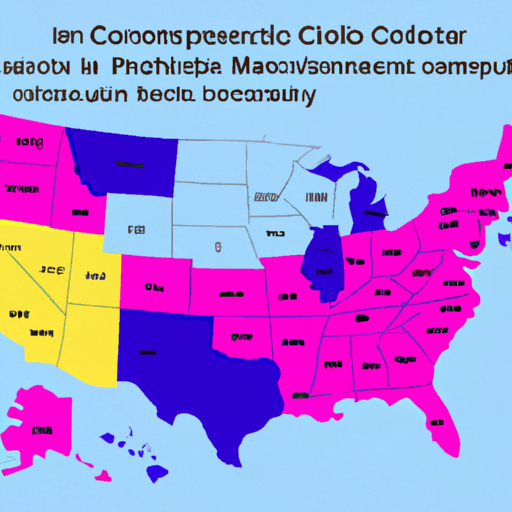“This study found that metropolitan cities that have access to numerous municipal service providers in a county are more actively involved in interlocal cooperation than those that do not have such access.
In the case of counties, city-dominated counties that have professional county administrators (or council-elected executives) are more likely to be involved in interlocal cooperative arrangements than county dominated rural counties with no professional county administrators (or elected county executives). This is because professional county administrators (or council-elected executives) in city-dominated counties could easily find municipal service providers in their county.
Thus, the availability of qualified municipal service providers appears to be one of the most important factors in facilitating interlocal cooperation in American cities and counties. This study also found that the pattern and the level of interlocal cooperation diverge somewhat between cities and counties, in part due to differences in the functional responsibility between counties and cities.”
This study analyzes the patterns and determinants of interlocal cooperation by examining the interlocal expenditures made in 2,684 American cities with a population over 10,000 and all 3,034 counties for the fiscal year 2002.
Published in International Review of Public Administration | Chang-Go Jung | 2009 https://www.semanticscholar.org/paper/Patterns-and-the-Determinants-of-Interlocal-in-and-Jung-Kim/5544982aac4eff6fd71be08eb65a90fd9cc0b1cb

